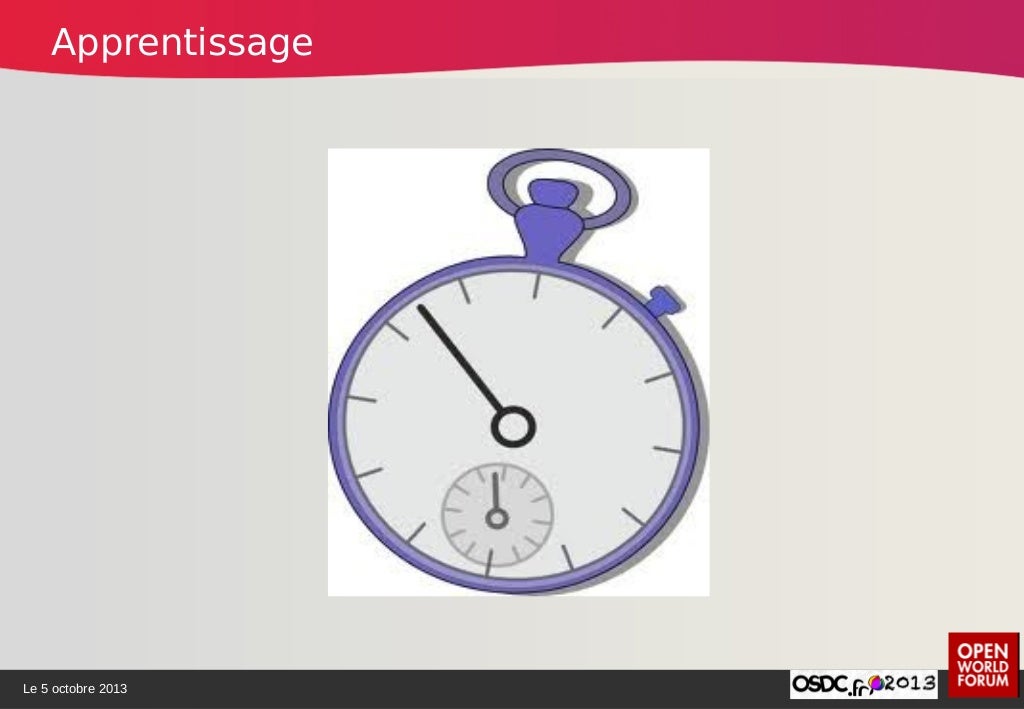

The name can only contain alphanumeric letters, "_" and "-" and can't exceed 32 characters. Enter sample_postgres_db (or any other name you wish) under Store Name.To create a new database, do the following in the dialog that opens: Under the Create New tab, select Postgres and then the Continue button. Once you have a Vercel project, select the Storage tab, then select the Connect Database button. First, push the repo you cloned in Step 1 to our own GitHub and deploy it to Vercel to create a Vercel project.
#Comment mariadb free#
Step 2: Set up your Vercel Postgres databaseįor the purpose of this guide, we'll use a free Postgres database hosted on Vercel. Over the course of the next few sections, you'll change this so that the data is returned from an actual database. The app currently displays hardcoded data that's returned from getStaticProps in the index.tsx file. Navigate into a directory of your choice and run the following command in your terminal to set up a new Next.js project with the pages router: Step 1: Set up your Next.js starter project

To successfully finish this guide, you'll need: You'll take advantage of the flexible rendering capabilities of Next.js and at the end, you will deploy the app to Vercel. NextAuth.js for authentication via GitHub (OAuth).Prisma as the ORM for migrations and database access.Next.js API Routes for server-side API routes as the backend.
#Comment mariadb how to#
In this guide, you'll learn how to implement a sample fullstack blogging application using the following technologies:
#Comment mariadb update#
If I run the UPDATE manually, it makes it through right away.Prisma is a next-generation ORM that can be used to access a database in Node.js and TypeScript applications. Now I check the Database directly and see: The UPDATE didn't make it and there's still the old value inside. But in any case, it was committed before that ROLLBACK. That ROLLBACK I see after every transaction so I assume it's sqlalchemy clearing the transaction/session after it's done. Good, there's the COMMIT, followed by a ROLLBACK. I check the audit log and see 8803221 Query SELECT meta_id, meta_value FROM wp_postmeta WHERE post_id = 1113875 AND meta_key = '_stock'Ĩ803221 Query SELECT meta_id, meta_value FROM wp_postmeta WHERE post_id = 1113875 AND meta_key = '_stock_status'Ĩ803221 Query UPDATE wp_postmeta SET meta_value = 'outofstock' WHERE post_id = 1113875 AND meta_key = '_stock_status'Ĩ803221 Query SELECT meta_id, meta_value FROM wp_postmeta WHERE post_id = 1113875 AND meta_key = '_lieferzeit'Ĩ803221 Query SELECT meta_id, meta_value FROM wp_postmeta WHERE post_id = 1113875 AND meta_key = '_manage_stock'Ĩ803221 Query SELECT meta_id, meta_value FROM wp_postmeta WHERE post_id = 1113875 AND meta_key = '_backorders' The return value tells me that one row was updated, no errors. I have a single transaction that does an UPDATE of a single postmeta field of a single product. They're updating the products directly in the database, since the API is fairly slow and at times we have to touch metadata of >25k products. I have some Python scripts using sqlalchemy/pymysql. I'm running a Plesk Server with a Wordpress/Woocommerce site backed by MariaDB.


 0 kommentar(er)
0 kommentar(er)
